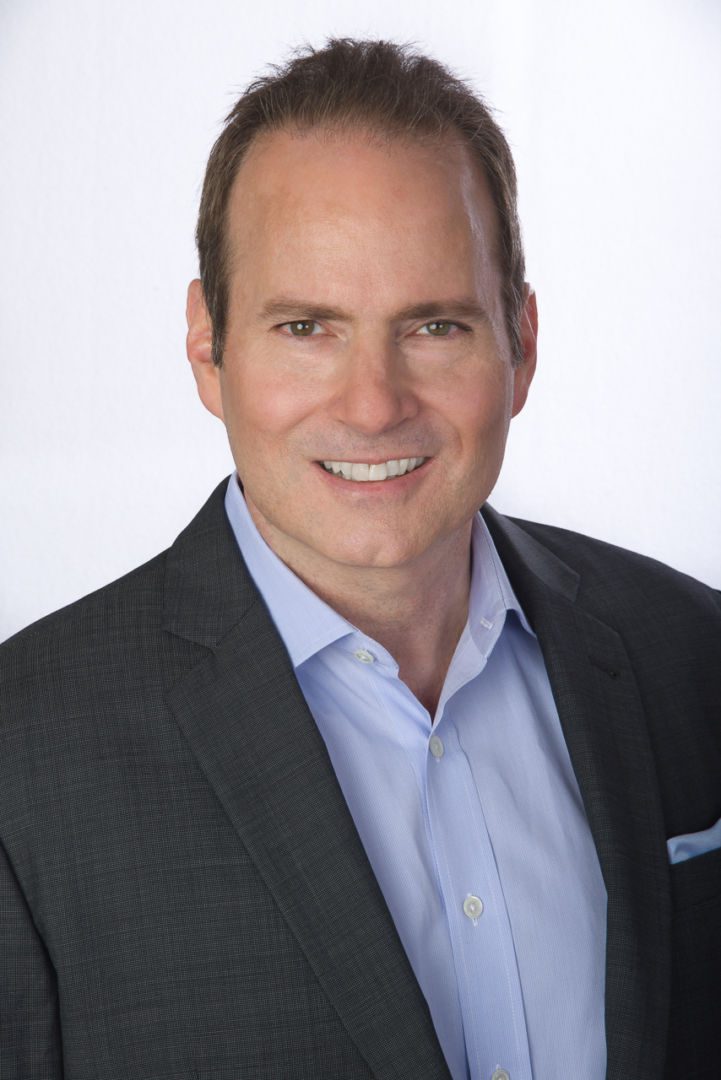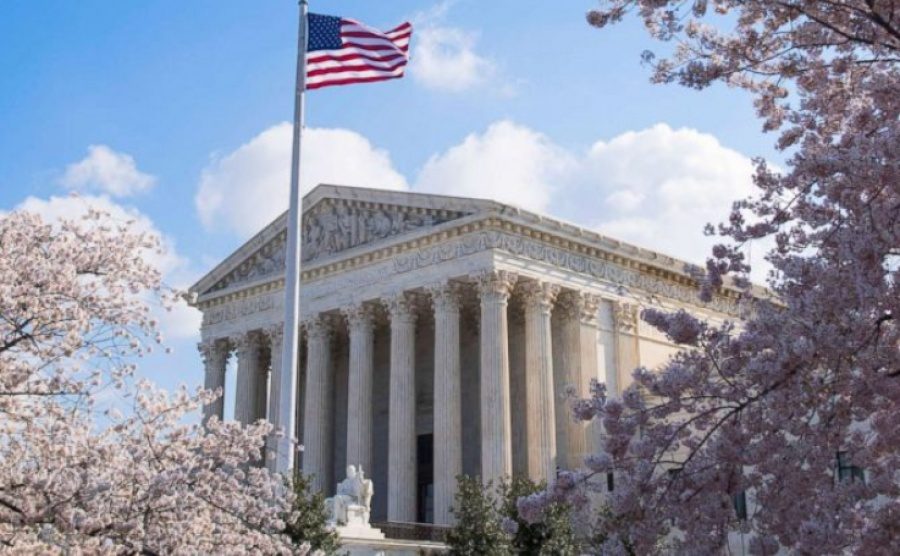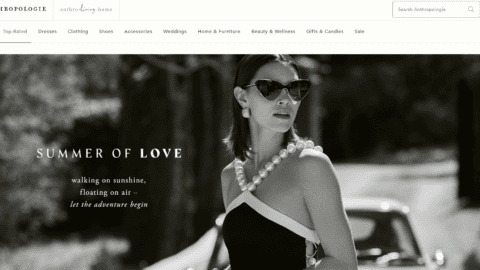 Retailers can no longer stick their heads in the sand and ignore events outside of their industry. Shoppers prefer brands that match their personal beliefs, and some retailers are embracing causes even if it will hurt the bottom line in the short term.
Retailers can no longer stick their heads in the sand and ignore events outside of their industry. Shoppers prefer brands that match their personal beliefs, and some retailers are embracing causes even if it will hurt the bottom line in the short term.
It’s not enough for retailers to avoid courting controversy — they need to understand what they stand for and embrace it, according to Peter Horst, Founder of consulting firm CMO Inc. and author of Marketing in the Fake News Era. Retailers can take several steps to improve their ability to handle contentious events:
- Understand their constituents and what they care about;
- Generate an internal culture of responsibility;
- Discuss when it is appropriate to take a principled stand; and
- Learn when it is best to ignore a potential powder keg.
In an exclusive interview with Retail TouchPoints, Horst discussed how retailers can both protect themselves from potential public relations crises and show their shoppers what they stand for.
Retail TouchPoints (RTP): Retailers need to consider all their constituents when identifying optimal brand actions. What is the best way to reach out and determine what these different groups, from customers to employees to shareholders, expect of the company?
Peter Horst: The first important step is to make sure you do a thorough job of thinking through who those constituents are. You mentioned several of the critical ones — shareholders, customers, employees — but there may be others. There might be partners, like people in the supply chain, or it might even be outside interest groups who feel a stake in some aspect of your business and who will be watching, and you want them to understand you and be on your side.
In terms of how you find out where they are and what they care about, there are a variety of ways to do that — ranging from reaching out and having a conversation, to the more formal gathering of insights through qualitative means like focus groups or dinners with key constituent representatives, to more statistically reliable quantitative surveys. You may want to really get a projectable read on the things these key people care about, and some of the nuances within them. It’s the nuances that often trip people up.
RTP: The modern political climate means brands can become involved in hot-button issues entirely by accident. What should retailers keep in mind when designing ads and other outreach to avoid creating unnecessary stress?
Horst: I think of the old saying that an ounce of prevention is worth a pound of cure. It starts with whether or not you ever want to lean in and proactively engage in a dialogue. Then it’s a process of understanding what are your brand and corporate values and beliefs, and what are the principles that really guide the decisions you would make, and what are the issues you would or would not stand up for. The reason to do that is that it’s impossible to create a script that will guide every choice every day and keep the company out of trouble.
With that kind of moral, ethical values compass, retailers can stay out of trouble before it happens. But when there is an instance, as there somewhat inevitably will be, then you need to address it head-on. You also need to be thoughtful but quick, because in the fast news cycle you just don’t have the luxury of time to sit around to evaluate and discuss and develop your position. You quickly get a handle on what’s the nature of this issue, what kind of response is called for, and if something like an apology is called for, do it quickly, do it fully, with no caveats, no ifs, ands or buts, and make it as sincere and human an apology as possible.
RTP: When is it appropriate for a brand to take a strong stand on a topic? Does it matter if the subject in question indirectly affects the company in question, such as with gun sales?
Horst: I think there’s a really important question around what issues should a retailer or any brand engage in. It should start with one that has a real authentic, genuine connection to the business. Without that you just look like a cynical bandwagon jumper, trying to capitalize on some concern. It really doesn’t connect in any meaningful way, and people will spot that and they don’t like it.
Start by asking, “What are the issues that really connect us?” That could be the leadership — the founder really cares deeply about the issue. Starbucks was really engaged in the issue of affordable health care because as a child [founder and former CEO] Howard Schultz saw his dad injured on the job and then have no insurance, no backup and no support when he was unable to work. There was a deep personal connection there that made it very valid.
RTP: Can you provide any examples of retailers who took a risk with a bold stand, and were rewarded for their efforts?
Horst: An interesting example is Patagonia, which has for a very long time been a good example of practicing brand purpose, which is where you embrace some higher objective and cause and attach your brand to that. In the book I talk about four layers of engagement. Purpose is where you embrace sort of a broad, evergreen positive issue like protecting the great outdoors, as Patagonia did.
Then, when the president signed an executive order wiping out millions of acres of parkland, that leads to a much more aggressive posture where they took a position that is much more sharply defined than broad purpose, where you say I’m for this, I’m against that. They came out and within mere hours took out full page ads saying the president is robbing you, we’re suing Trump and they took on a much more sharply defined position and a possibly controversial stance. In doing so they really showed their customers and their tribe, so to speak, that they were serious about their brand purpose, it wasn’t just lip service and they were ready to really stand up for what they believe in.
RTP: Can you provide any examples of the opposite, where a retailer was punished for taking a stand?
Horst: An example there might be Target. If you remember when North Carolina implemented its bathroom use policy, it was considered unfriendly to the trans community. Target was pretty much alone amongst the major retailers in making an announcement that their policy was you could use whatever bathroom you were comfortable with. What was interesting was that had always been Target’s policy, and in fact was the policy of most retailers like Target, but none of the others made a public statement.
Because they took such a public stance there was a meaningful backlash, and in a market where they had already been feeling competitive pressure, there’s a belief that this may have pushed them past the tipping point where they saw fairly significant revenue drops in that marketplace. What they hadn’t aligned on, according to news reports, was whether or not to publicize it. The CEO in particular had not been brought onto the decision. That illustrates the importance of making sure everybody’s on board with any decision you make, so that if any backlash occurs you’re all in that boat together.
RTP: When responding to negative buzz, what is the best approach for a retailer to take to defuse the situation?
Horst: I think you need to decide what are you dealing with, and is this a bit of noise that doesn’t warrant a response and will go away? A great example of that is Nordstrom when, early on in the Trump administration, he tweeted about them dropping Ivanka’s product lines. They very wisely said we’re not going to respond to this, we made our decision, we know we’re righteous in how we made it, so we’re going to let it go. If anything there was a positive response.
On the other hand, is the issue that it’s part of an ongoing narrative, or is this one in a long line of issues that will continue to recur over time and therefore won’t go away? For example Wells Fargo, where it was just one piece of bad news after another about how customers had been misled, that called for a much more thoughtful and proactive response.
RTP: It sounds like you’re saying not all negative buzz deserves a response, particularly on social media. How should retailers determine when to respond and when to stay quiet?
Horst: In an era where more and more brands are developing social listening capabilities, it becomes all too easy to overreact to a blip in the social arena. Some noise is just noise and you want to let it go. The first thing is to look at how big this is: Is it a few tweets, or is it a groundswell that’s growing? Have some benchmarks that tell you at what threshold do you start to get concerned and start to engage more of your response process.
Another thing to look at is whether this is so much static on Twitter, or if it is actually affecting your brand health. Typically, retailers don’t do daily brand tracking, so depending on the systems you use you may or may not have timely information on this. As you’re thinking about how you respond, try to get a handle on whether any of this is affecting your actual brand metrics. If it’s just noise on Twitter and it’s not affecting your brand, it may not call for a proactive response.













